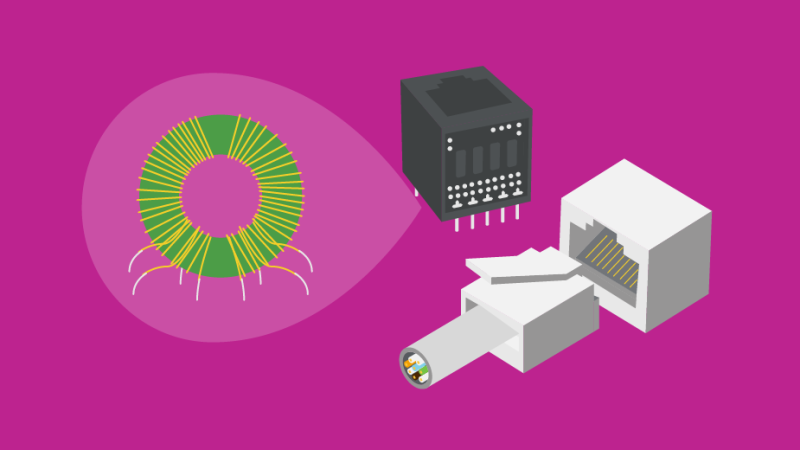iwouldrathergotomy8amthanwritethisstupidessayduetonight Action Over Avoidance: Transforming Procrastination into Productivity
Embracing Action Over Avoidance
In an increasingly complex world, the tendency to avoid challenges and difficult decisions can often outweigh the impulse to tackle them head-on. Embracing action over avoidance is essential for personal growth, productivity, and overall well-being. This approach encourages taking proactive steps, confronting fears, and making deliberate choices rather than letting inertia or procrastination dictate one’s path. This article explores the importance of embracing action and provides strategies for overcoming avoidance.
Understanding Avoidance
Definition and Examples
iwouldrathergotomy8amthanwritethisstupidessayduetonight Avoidance refers to the behavior of steering clear of tasks, responsibilities, or situations that cause discomfort, anxiety, or fear. It often manifests as procrastination, denial, or distraction. Common examples include postponing a difficult conversation, delaying a work project, or avoiding a challenging decision.
Psychological Roots
Avoidance behavior iwouldrathergotomy8amthanwritethisstupidessayduetonight often stems from underlying fears or anxieties. For instance, fear of failure, rejection, or criticism can lead to procrastination or avoidance. Psychological theories suggest that avoidance provides temporary relief but ultimately reinforces the anxiety and prevents growth.
The Costs of Avoidance
Missed Opportunities
Avoidance can lead to missed opportunities for personal and professional growth. By delaying or avoiding important tasks or decisions, individuals may miss out on potential career advancements, personal development, or enriching experiences. For example, avoiding networking events can hinder career progression, while postponing personal goals can limit self-improvement.
Increased Stress
While avoidance may provide temporary relief, it often results in increased stress over time. The anxiety associated with unresolved issues or looming deadlines can accumulate, leading to heightened stress and overwhelm. This chronic stress can negatively impact both mental and physical health.
Reduced Productivity
Avoidance undermines productivity by creating a backlog of tasks and responsibilities. The longer one avoids addressing important issues, the more difficult they become to manage. This can lead to a cycle of procrastination, where the growing workload becomes increasingly overwhelming.
Embracing Action
The Power of Proactivity
Proactivity involves taking initiative and anticipating potential challenges rather than reacting to them. Embracing action means approaching tasks and responsibilities with a forward-thinking mindset. Proactive individuals are more likely to identify and address issues before they escalate, leading to more effective problem-solving and greater success.
Building Confidence
Taking action helps build confidence and resilience. Each time you confront a challenge or make a decision, you gain experience and learn from the process. This builds a sense of competence and self-assurance, making it easier to tackle future challenges. Confidence is reinforced by action, which in turn reduces the likelihood of avoidance behavior.
Strategies for Embracing Action
1. Set Clear Goals
Define specific, achievable goals to provide direction and motivation. Clear goals help you focus on what needs to be done and break down tasks into manageable steps. By setting and working towards these goals, you create a roadmap that guides your actions and reduces the tendency to avoid responsibilities.
2. Break Tasks into Smaller Steps
Large tasks or projects can be overwhelming and lead to avoidance. Breaking them into smaller, more manageable steps makes them less intimidating and easier to tackle. This approach helps in creating a sense of accomplishment as you complete each step, maintaining momentum and reducing procrastination.
3. Develop a Routine
Establishing a routine can help in incorporating action-oriented behaviors into your daily life. A consistent routine reduces decision fatigue and makes it easier to prioritize tasks. Routine also creates structure, which can minimize the tendency to procrastinate.
4. Address Underlying Fears
Identify and address the underlying fears or anxieties that contribute to avoidance behavior. Understanding these fears can help you develop strategies to manage them effectively. Techniques such as cognitive-behavioral therapy, mindfulness, and self-reflection can aid in overcoming these barriers.
5. Use Time Management Techniques
Employ time management strategies to enhance productivity and reduce avoidance. Techniques such as the Pomodoro Technique, time blocking, and prioritization can help you manage your time effectively, making it easier to stay focused and take action.
6. Seek Support
Don’t hesitate to seek support from others. Sharing your goals and challenges with friends, family, or colleagues can provide encouragement, accountability, and different perspectives. Support systems can help you stay motivated and committed to taking action.
Conclusion
Embracing action over avoidance iwouldrathergotomy8amthanwritethisstupidessayduetonight is a powerful approach to achieving personal and professional growth. By understanding the costs of avoidance and implementing strategies to promote proactive behavior, individuals can overcome inertia, reduce stress, and enhance productivity. Taking deliberate, action-oriented steps empowers individuals to face challenges head-on, build confidence, and seize opportunities for a more fulfilling and successful life.
FAQs on Embracing Action Over Avoidance
1. What are some practical ways to overcome avoidance in daily tasks?
To overcome avoidance, start by setting clear and achievable goals to provide direction and motivation. Breaking larger tasks into smaller, manageable steps can make them less intimidating and easier to tackle. Establishing a routine helps in creating structure and reducing decision fatigue, while using time management techniques like the Pomodoro Technique can enhance productivity. Additionally, addressing underlying fears through self-reflection or professional support, and seeking encouragement from friends or colleagues, can further aid in overcoming avoidance.
2. How can embracing action improve overall well-being and productivity?
Embracing action helps improve overall well-being by reducing stress and anxiety associated with unresolved tasks and procrastination. Taking proactive steps and addressing challenges directly fosters a sense of accomplishment and boosts confidence. This proactive mindset not only enhances productivity by preventing task backlog but also supports personal and professional growth. By facing challenges head-on, individuals build resilience and develop better problem-solving skills, leading to greater success and fulfillment.





